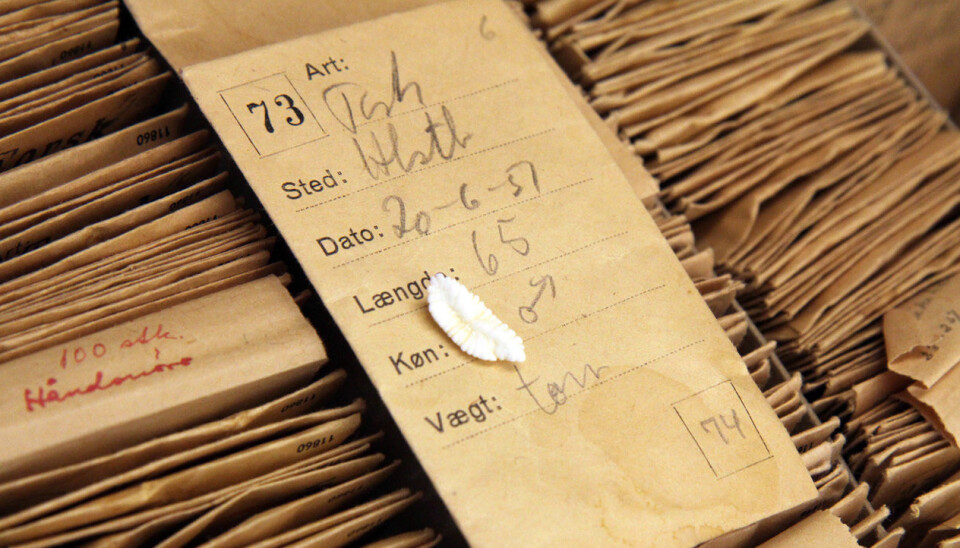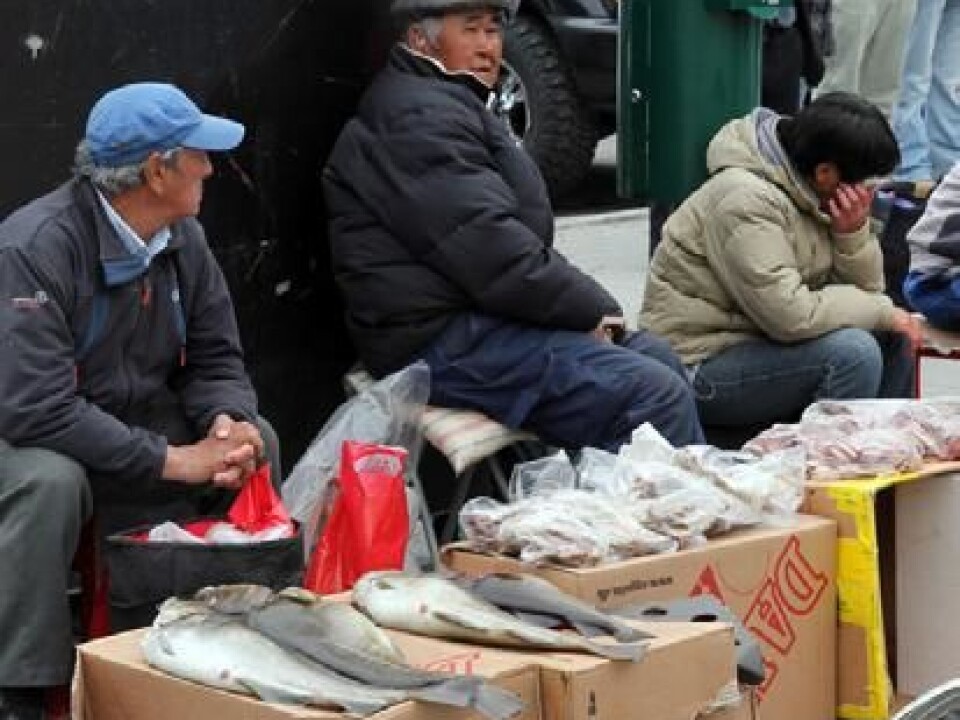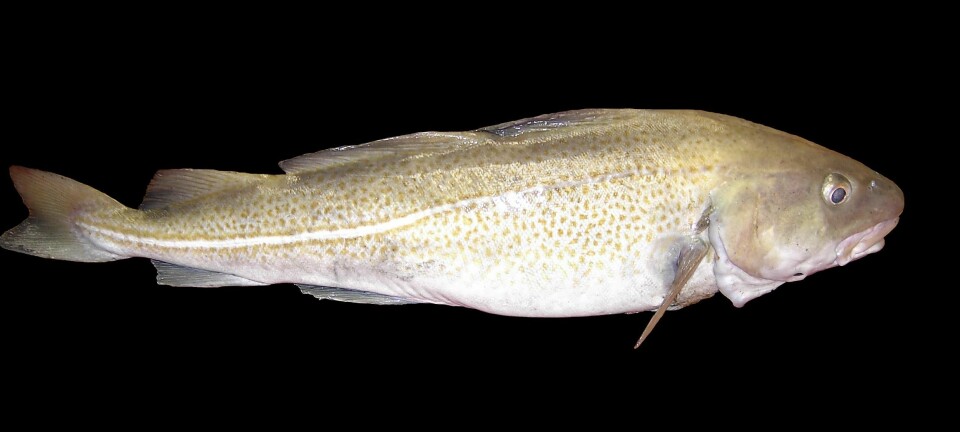
DNA test rewrites history of Greenland cod
The fish in Greenland’s great cod boom in the 1960s did not come from Iceland, as previously thought. They were ‘made in Greenland’
Cod has been by far the most historically important fishery source in western Greenland.
During Greenland’s great ‘cod years’ in the 1960s, the total catch could reach 400,000 tonnes per year. However, as a result of overfishing and changing ocean temperatures, the cod has now almost disappeared.
Four different stocks
Up to now it has been believed that the vast amount of cod during the boom actually came from Iceland, and that they were transported by the ocean currents as eggs and larvae to the nursery areas in Greenland
But new genetic analyses of fish samples from an old collection in Nuuk now indicate that the history of the Greenland cod might need a rewrite.

”Since the 1930s, biologists have tagged more than 100,000 Greenland cod. When these cod are recaptured, the data can be used to map their migration route. Many fish from the great year classes have been recovered near Iceland, which has been taken as an indication that the fish swam back to Iceland to spawn,” says Rasmus Berg Hedeholm, a biologist at the Greenland Institute of Natural Resources in Nuuk.
This view is now being challenged by new DNA analyses carried out by fish geneticists at DTU Aqua at the Technical University of Denmark as part of a research project about the Greenland cod from a climate perspective at the Greenland Climate Research Centre (GCRC).
Current classification system is inadequate
The researchers looked at genetic differences between cod from a variety of stocks in terms of e.g. growth, sexual maturation and stress. The work was done in association with research colleagues at the Greenland Institute of Natural Resources in Nuuk, who together with local fishermen collected cod along Greenland’s west coast.
The analyses have so far shown that the cod in Greenland waters belong to at least four different stocks, which breed independently of one another. Three of them spawn in Greenland waters and one in Icelandic waters.
One of the most exciting findings is that these samples, which were caught by west-coast fishermen when the fishing boomed between the 1930s and the 1950s, are very similar to the fish we find there today.
These findings may at some point result in changes in the way cod fishery is administered in Greenland, because they reveal potential weaknesses in the existing classification of the stocks into open waters/sheltered waters.
The preliminary results are ready, and they add some surprising new aspects to what previous tagging experiments had found, according to postdoctoral fellow Nina Overgaard Therkildsen of DTU Aqua, who has just defended her PhD thesis on the structure of the Greenland cod population in a climate perspective.
”One of the most exciting findings is that these samples, which were caught by west-coast fishermen when the fishing boomed between the 1930s and the 1950s, are very similar to the fish we find there today,” she says.
“This indicates, at least to a certain extent, that it was a sharp increase in a local Greenlandic stock, and not an inflow from the east or from Iceland, that gave rise to the fishery boom at the time.”
Findings may help secure survival
This indicates, at least to a certain extent, that it was a sharp increase in a local Greenlandic stock, and not an inflow from the east or from Iceland, that gave rise to the fishery boom at the time.
Knowing where the fish in the cod boom came from is useful e.g. in assessing the conditions required for a new and solid cod population to return to Greenland.
And if further analyses confirm that the great stocks of the past were actually ’made in Greenland’, this might make it easier to reach agreement on how to protect the Greenland cod today.
The Parliament of Greenland currently allows exploratory fisheries of the offshore stock of 5,000 tonnes per year to monitor the development of the stock. The inshore stock has been on the rise in recent years, and ICES (the International Council for the Exploration of the Sea) has recommended a 2013 quota of 8,000 tonnes, a quota which the parliament has since set to 15,000 tonnes.
----------------------------------
(This article is reproduced on this site by kind permission of Polarfronten, a Danish online magazine with news about polar research.)
Read the Danish version of this article at videnskab.dk








